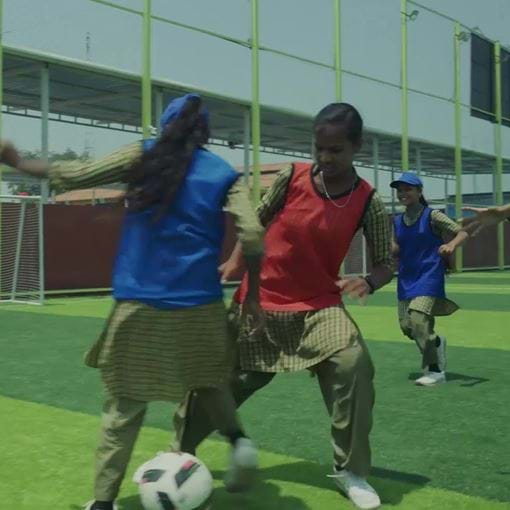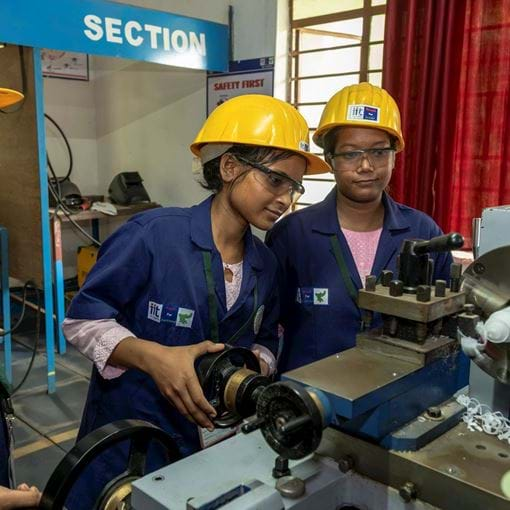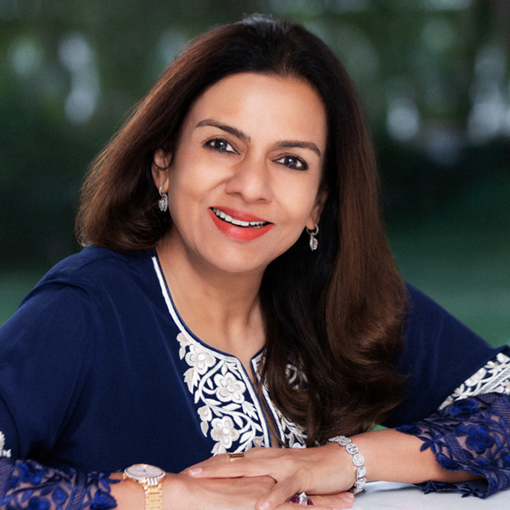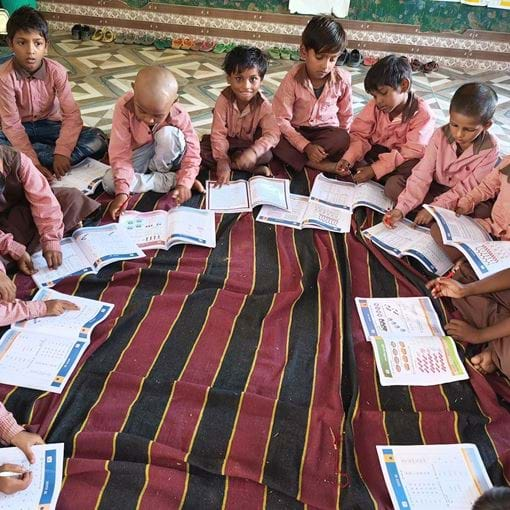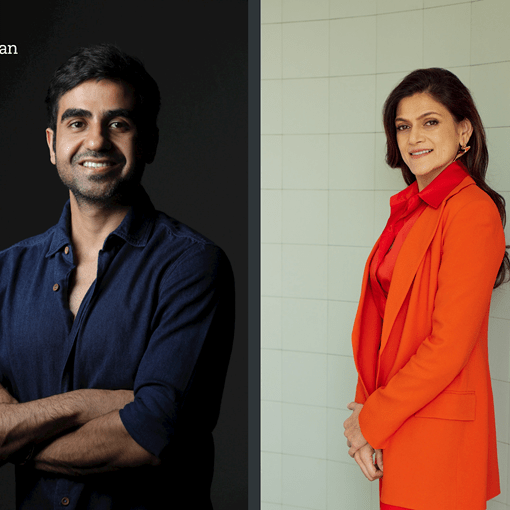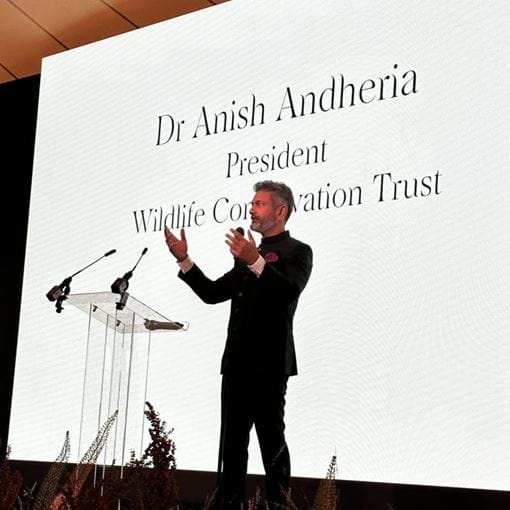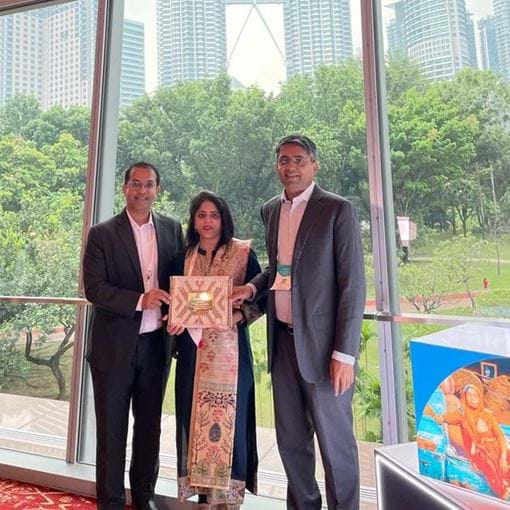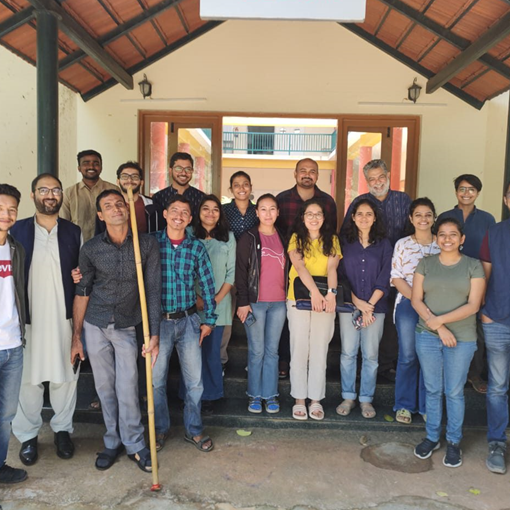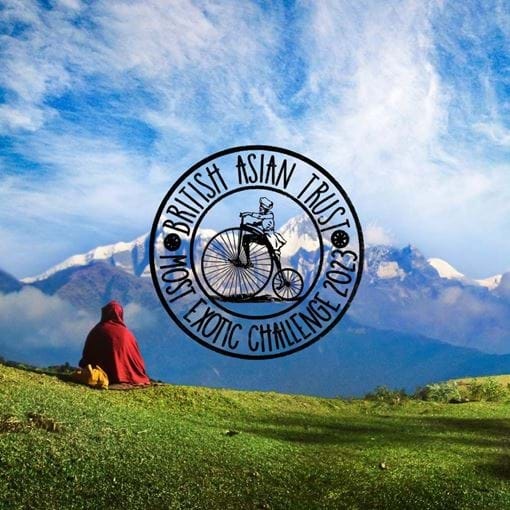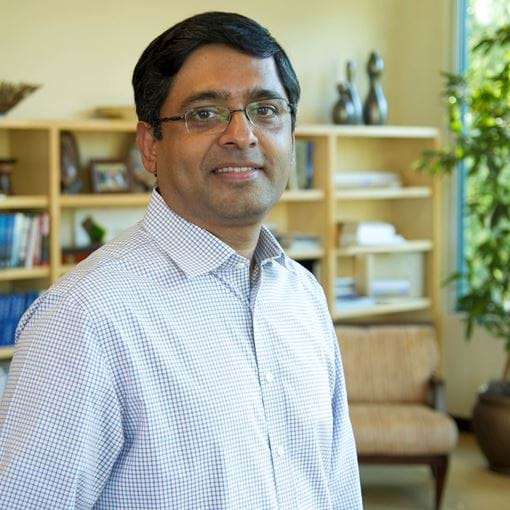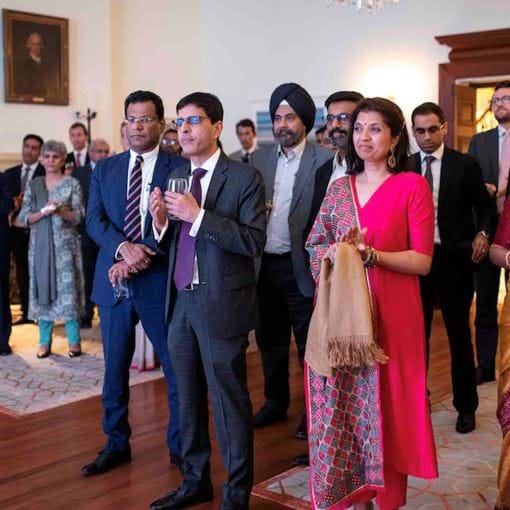India
India’s ambition to scale from a USD 3.1 trillion to a USD 5 trillion economy brings with it an equal number of challenges and opportunities. With more than half of its population under 30, it faces the task of ensuring equitable growth by providing access to quality education, healthcare, skilling, and job opportunities, especially for women and children. It must also strike a balance between its development priorities and protecting its bountiful biodiversity.
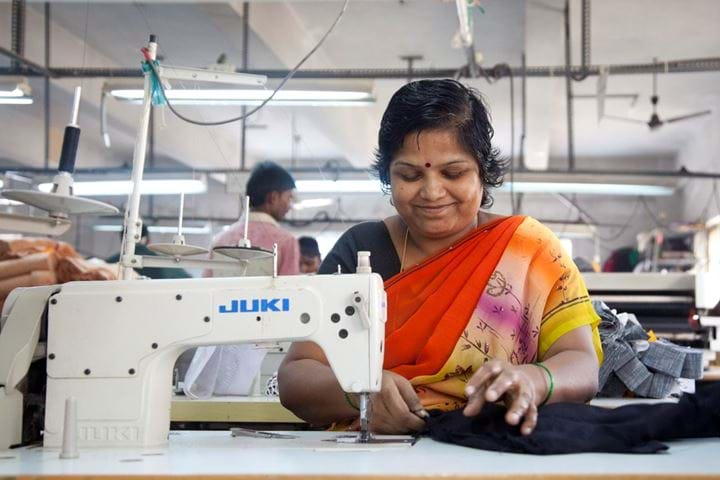
Our focus areas
Social finance – bringing catalytic capital and an outcomes-focus to development in India
We are pioneers in social finance with a strong track record and market credibility in India. We drive successful collaborations that apply outcomes-based financing to solve some of the country’s most pressing issues. Over the last six years, we’ve designed and delivered India’s largest development impact bonds (DIBs) in education, skilling, and employment – including the Quality Education India Development Impact Bond and the Skill Impact Bond. Through these projects, we’ve brought together 25+ partners across government, private sector, and civil society and have impacted more than 250,000 lives. Our work has also been instrumental in transforming India’s development landscape on a fundamental level – shifting the focus from ‘paying for activities’ to ‘paying for outcomes’. As we continue to drive new work as a market builder in India, we regularly share our learnings and insights with the ecosystem, facilitating capacity building programmes for non-profits and helping the wider sector understand and access outcomes-based financing.
Read more about our Social Finance work in India
Child Opportunity Fund – transforming the child protection ecosystem in India
We hold a steadfast belief that every child is entitled to a joyful and dignified childhood. Our Child Opportunity Fund is a visionary 10-year endeavour to transform the child protection ecosystem in India and provide opportunities for children to grow and thrive.
Its mission is an unwavering commitment to keep children safe from all forms of violence, abuse and exploitation.
To achieve this, we will:
- pioneer holistic preventive strategies that fortify the resilience of children, families, and communities,
- prevent online abuse, exploitation, and emerging threats that endanger children,
- collaborate with government entities at every level to strengthen child protection systems,
- nurture the child protection ecosystem through data, evidence, and multi-stakeholder collaboration.
Read more about our Child Protection work in India
Empowering adolescent girls through technology with BT Group
With the BT group, we are empowering girls in India to overcome the formidable challenges they face during the transition from education to employment. The hurdles they encounter, including a scarcity of industry-relevant skills, limited exposure to digital technologies, and the pervasive influence of deeply ingrained social norms and gender biases, cast shadows over their educational journey and future prospects.
In collaboration with BT and seven local partners, we are executing transformative programmes to help adolescent girls take charge of their social and economic destinies. Since 2019, we have empowered over 1 million adolescents.
Our dynamic partnership is working diligently to bridge the gender gap in digital skills, and STEM, support the employment of young women through skill development, entrepreneurship, and robust placement support, and change community and social norms around gender.
Read more about our work in India with BT Group
Conservation and coexistence – Enabling communities and wildlife to thrive in harmony with each other
India, a megadiverse country, boasts a staggering 7-8% of the world's documented species and houses 96,000 unique animal species and 47,000 plant species. It is also home to over 1.4 billion people, coexisting alongside some of the world's densest populations of awe-inspiring creatures, such as wild elephants, tigers, and leopards.
Our unwavering mission aims to safeguard this precious biodiversity and nurture a harmonious coexistence between humanity and wildlife. We champion pioneering and innovative landscape-level initiatives revolving around the key pillars of community, connectivity, and collaboration.

“I am committed to working with the British Asian Trust and its partners to achieve our joint vision of protecting children from harm and ensuring they have access to the same opportunities in future as all of us.”

